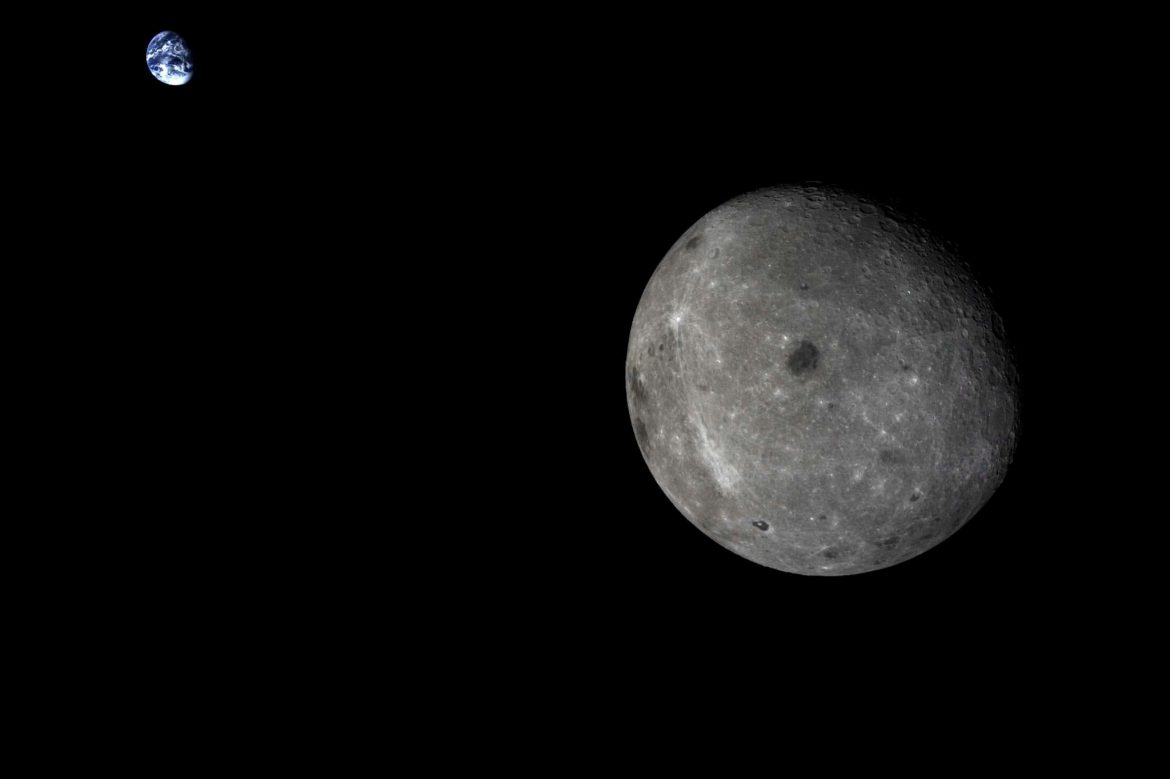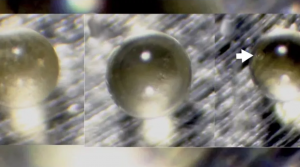
Water-filled Beads on the Moon
One mission of the Chinese probe Chang’e-5 was to drill the lunar surface and return a sample back to Earth for the first time since the 1970s. The spacecraft successfully completed its mission and brought us 1731 grams of lunar regolith in 202. Scientists who examined the samples recently announced an exciting discovery.
The lunar surface is known to be filled with tiny beads of silicate that appear to have formed millions of years ago due to asteroid impacts and volcanic activity. According to a recent study published in Nature Geoscience, researchers have discovered water trapped inside these microscopic spheres by using spectrometry. The team estimates that these spheres, ranging in size from a few micrometres to a few millimetres, could contain 330 billion tons of water scattered across the Moon –despite their small size.
The existence of water on the Moon has been known since the 1990s, thanks to NASA’s lunar orbiters. These spacecraft had discovered evidence of water in permanently shadowed polar craters. However, the origin and behaviour of lunar water are still unclear.
The glass beads, known as microtektites, are formed when meteorites crash into the Moon at 10 to 100 thousand kilometres per hour, blasting fragments off its surface. The force of impact cause silicate minerals to reach melting temperatures, combine and form small glass beads that scatter around.

Since the lunar soil contains oxygen, these beads also have an oxygen content. Scientists suggest that the water inside these beads may have formed as a result of solar winds, by a reaction between the ionized hydrogen atoms (protons) in these winds and the oxygen inside the silicate capsules. Over time, some of the beads got buried under particles of Moon dust known as the regolith and become trapped underground along with the water inside.
Researchers claim that future astronauts, who dream of building permanent stations on the Moon and travelling to other celestial bodies from there, may access this water by simply heating the beads. Apart from that, the possibility of finding similar water-filled beads in other celestial bodies in the Solar System also seems exciting.
REFERENCES
- 1. https://www.smithsonianmag.com/smart-news/scientists-find-water-in-glass-beads-from-the-moon-180981906/
- 2. https://www.livescience.com/china-discovers-strange-glass-beads-on-moon-that-may-contain-billions-of-tons-of-water
- 3. https://www.space.com/moon-water-glass-beads-change-5-reveals
